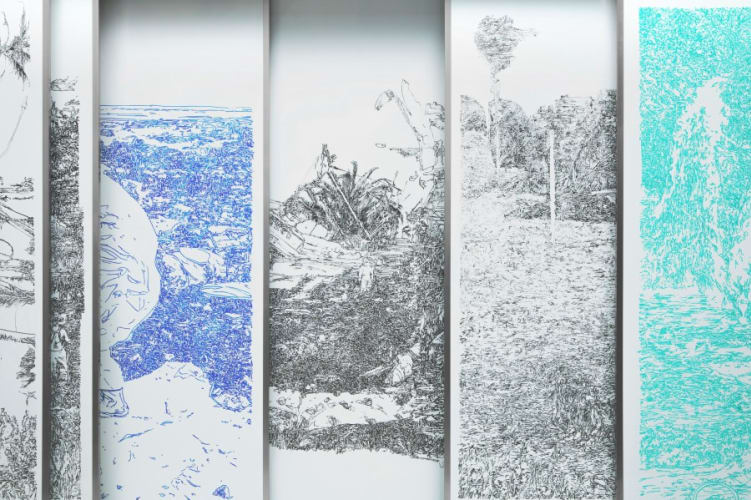Other Materials
Marker, horizontal sliding whiteboard
120.0 x 400.0 x 12.0 (厘米)
47.2 x 157.5 x 4.7 (吋)

